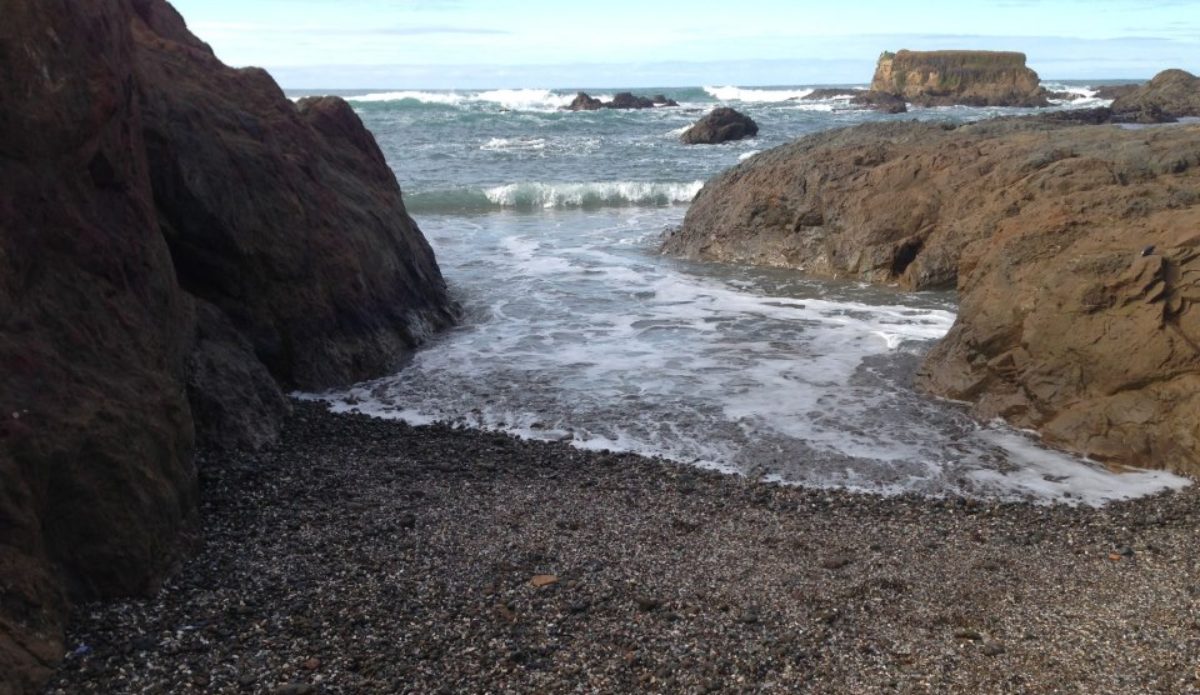Hey fellow adventurers! For this post, I made breakfast, dinner, a snack and a dessert. However, I wanted to make food that I haven’t had before. Living in San Diego though, Mexican food is basically a part of my weekly diet. Like in the past, I’ll talk about proper etiquette and then share what food I made.
When dining at someone’s house, wait for the host or hostess to seat you. The most honored position is at the head of the table, with the most important guest seated immediately to the right of the host. Men sit to the right of the hostess and women sit to the right of the host. The meal doesn’t start until the host says “Buen provecho!” (the Spanish equivalent of “Bon appetite!”). When dining with utensils, never switch hands. The fork remains in your left hand, and the knife remains in your right hand. When not holding utensils, your hands are expected to be visible above the table: rather than placing your hands on your lap, rest your wrists on top of the table (never your elbows). When passing food around the table, always pass food to the left. When eating salad, don’t cut it, fold it with your knife and fork into a bundle that can be picked up with your fork. If you’re dining at a restaurant, the one who invites is typically the one that pays the bill. It’s also customary to leave a 10% tip for the waiter or waitress. Finally, it’s rude to leave the table before everyone has finished eating.


All these dishes I ate with my husband and my parents at my parents’ house. For breakfast, I made chilaquiles, a traditional Mexican dish that has strips of fried corn tortillas simmered in salsa as the base, and served with cheese, eggs, and/or beans. We made ours with only cheese and eggs but next time I want to add beans too. Surprisingly, the taste of the tortillas overpowered everything else. Although that’s not a bad thing, next time I make these, I plan on adding more flavor. Also, we decided to tweak the recipe to make it a bit more healthy by baking the tortillas rather than frying them in oil. We want to try to stay as true to the recipe as possible but all of us are trying to watch our weight. Also, since I’m so bad with spice, I put sour cream on mine rather than the hot salsa like the rest of my family.

A popular, quick and easy to make snack in Mexico is fresas con crema, made with cream and strawberries. It’s very creamy and delicious! I love strawberries and I love milk so this snack/dessert was right up my alley! If you love strawberries, I highly recommend trying this! It only takes a few minutes to make.

We started dinner with an appetizer: tortilla chips, spicy carrots and beer, just like they do at Mexican restaurants. We did this while waiting for the food to cook. It was a good way to start the meal!



For dinner, I made ceviche tostadas, pozole soup and aqua fresca. The ceviche I bought from a local farmer’s market rather than trying to make it myself though. I followed the recipe for the sauce to put over the ceviche and how to crisp up the tortillas. Once again, we ended up putting them in the oven rather than frying them in oil. Once again, I was worried about spice so I put sour cream on mine rather than the baja sauce. They were amazing! Definitely would have again! Though next time, I would put the tortillas in for longer cause they weren’t as crispy as I wanted. The pozole soup was amazing too! We didn’t have veggie stock so I used potato soup instead. It’s a bit spicy but if you’re bad with spice like me, you can always pair it with a starch like rice, pasta or potatoes to spread out the spice. And to drink, we had mango lime aqua fresca. I don’t think I would make it too often but it was pretty good. It tasted like watered down juice.

Finally for dessert, we had très leches, a sponge cake soaked in three kinds of milk: evaporated milk, condensed milk, and heavy cream. The recipe we used had us make too much milk but it was phenomenal! My husband took the leftovers to work and it was a big hit there too! I recommend this cake for special occasions, or even just cause! Just try it!

My parents brought out dessert tequila to go with the très leches cake. It’s delicious! I’ll definitely buy this sometime, and I recommend it to anyone who loves tequila.
The recipes from above:
Chilaquiles: http://allrecipes.com/recipe/45729/chilaquiles-ii/?internalSource=amp&referringContentType=amp%20recipe&clickId=amp_directions
Baked Tortilla Chips: https://www.budgetbytes.com/2015/11/baked-tortilla-chips/
Fresas con Crema: https://www.mexicoinmykitchen.com/2015/06/strawberries-and-cream.html
Ceviche Tostadas: https://www.nospoonnecessary.com/baja-shrimp-ceviche-tostadas/
Posole: https://www.thespruce.com/easy-vegetarian-posole-soup-with-hominy-3378027
Aqua Fresca: http://artofnaturalliving.com/2014/05/25/mango-lime-agua-fresca/
Très Leches: http://allrecipes.com/recipe/7399/tres-leches-milk-cake/?internalSource=amp&referringContentType=amp%20recipe&clickId=amp_directions
What’s your favorite Mexican food? Let me know in the comment section below! Mine is cheese quesadillas. Simple but it’s been my favorite since I was a kid. Thank so much for reading my blog! Until our next adventure!

































